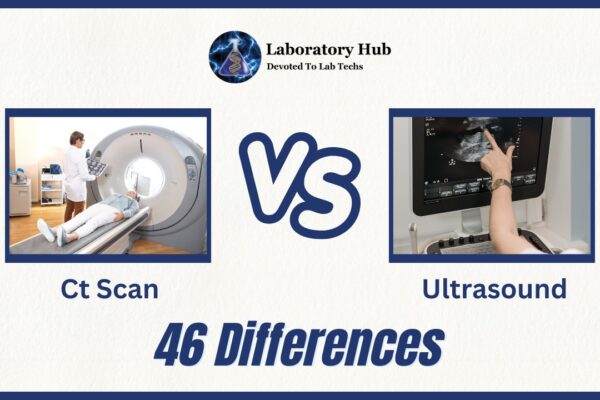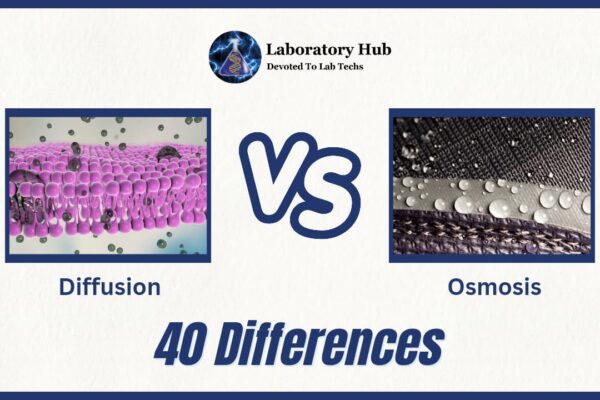Yeasts vs Molds- 30 Major Differences
Fungi like yeasts and mould affect human life. These creatures differ in food production, environmental processes, and health. Despite being fungi, yeasts and molds differ in form, growing circumstances, and human effect.
Yeasts are single-celled fungi. Budding reproduces them asexually. These microbes ferment carbohydrates to produce carbon dioxide and alcohol, making them popular in baking and brewing. Bread rises because yeasts turn carbohydrates into carbon dioxide gas. Yeasts turn glucose into alcohol, making beer and wine.
Molds are multicellular fungus with hyphae. These hyphae form mycelium. Molds transmit spores by air, water, or other methods. Molds live on decomposing organic stuff, unlike yeasts. Cheese and antibiotic molds are good. Others can ruin food, harm crops, or produce mycotoxins, posing health dangers.
Despite their purposes, yeasts and molds differ in development conditions. Yeasts thrive at 20–30°C temperatures and wet conditions. Molds are more versatile and can thrive in cooler temperatures. Molds thrive in humid environments. Growth circumstances frequently define their functions and uses.
In conclusion, yeasts and molds are fungi with different traits and responsibilities in our lives. Molds are multicellular fungus found in decaying organic waste, while yeasts are single-celled organisms utilized in baking and brewing. Unlike yeasts, molds may grow in a wider variety of temperatures. Understanding these differences helps you use yeasts and mould’ benefits while minimizing their hazards.
S. No. | Aspect | Yeasts | Molds |
1 | Definition | Single-celled fungi that reproduce asexually by budding or fission | Multicellular fungi that reproduce by forming spores |
2 | Structure | Unicellular or colonial | Multicellular |
3 | Morphology | Oval or spherical shape | Filamentous (hyphae) form |
4 | Reproduction | Asexual or sexual | Primarily asexual |
5 | Hyphae Formation | Absent or minimal | Extensive hyphal growth |
6 | Spore Formation | May produce spores (ascospores) | Produce abundant spores (conidia) |
7 | Size | Generally larger than bacteria | Larger and more visible |
8 | Mode of Growth | Yeast cells divide by budding | Molds grow by extending hyphae and branching |
9 | Colony Morphology | Smooth, creamy colonies or small colonies | Fluffy or powdery colonies with visible hyphae |
10 | Nutrient Source | Can ferment sugars for energy (e.g., glucose) | Obtain nutrients from a variety of sources |
11 | Oxygen Requirement | Can be facultative anaerobes or aerobes | Require aerobic conditions for growth |
12 | Examples | Saccharomyces cerevisiae (baker’s yeast), Candida albicans | Aspergillus, Penicillium, Rhizopus |
13 | Pathogenicity | Some species can cause infections in humans | Some species can cause allergies or infections |
14 | Fermentation | Can carry out alcoholic fermentation | Molds generally do not ferment sugars |
15 | Adherence | Yeasts can adhere to surfaces (biofilm formation) | Molds do not adhere strongly to surfaces |
16 | Temperature Range | Can grow at a wide range of temperatures | Some molds prefer cooler or warmer conditions |
17 | Nutrient Storage | Can store nutrients as glycogen or lipids | Molds do not store nutrients |
18 | Environmental Adaptation | Can adapt to diverse environments | Some molds are adapted to specific habitats |
19 | Industrial Uses | Used in baking, brewing, and winemaking | Used in cheese-making, fermentation, and enzyme production |
20 | Allergenicity | Some yeasts can be allergenic | Some molds can cause allergies |
21 | Disease Associations | Candida infections (yeast infections) | Aspergillosis, mucormycosis |
22 | Antifungal Resistance | Some yeasts can develop resistance to antifungal drugs | Some molds can develop resistance to antifungal drugs |
23 | Cell Arrangement | Yeasts can exist singly or in small clusters | Molds form extensive networks of hyphae |
24 | Biochemical Characteristics | Fermentative metabolism, production of CO2 and alcohol | Metabolic versatility, production of diverse enzymes |
25 | Mycotoxin Production | Some yeasts can produce mycotoxins | Some molds are known to produce mycotoxins |
26 | Role in Food Spoilage | Can cause food spoilage (e.g., bread, fruits) | Common culprits in food spoilage and contamination |
27 | Biotechnology Applications | Used in genetic engineering and bioprocessing | Used in enzyme production and bioremediation |
28 | Oxygen Sensitivity | Tolerant of varying oxygen levels | Sensitivity to low oxygen levels |
29 | Role in Ecology | Play various roles as decomposers and symbionts | Important decomposers and recyclers in ecosystems |
30 | Growth Rate | Generally faster growth compared to molds | Growth rate can be slower compared to yeasts |
Also read: Bacteria vs Virus: 40 Differences
Frequently Asked Questions (FAQS)
Molds and yeasts are fungi. Molds create hyphae, while yeasts are single-celled.
Baking uses yeast to ferment bread dough. They turn carbohydrates into alcohol in beer and wine making.
Mold enzymes may ruin food. If eaten in significant amounts, several molds create mycotoxins.
Some molds are harmless. Cheese-making and antibiotic manufacture employ mould.
Environmental yeasts and molds exist. They’re in soil, air, water, and surfaces.
Control moisture, ventilate, and fix water leaks to avoid mold growth.
Yeasts and molds can cause respiratory problems in susceptible people. Molds create poisonous mycotoxins.
Yeasts and molds are useful. Yeasts make food and drinks, whereas molds make antibiotics, enzymes, and other goods.
Budding produces asexual yeast reproduction. Molds proliferate by sending out spores.
Yeasts and molds are not bacteria. Their biological classifications differ. Bacteria are single-celled, nucleus-less creatures, while yeasts and molds are fungi.







